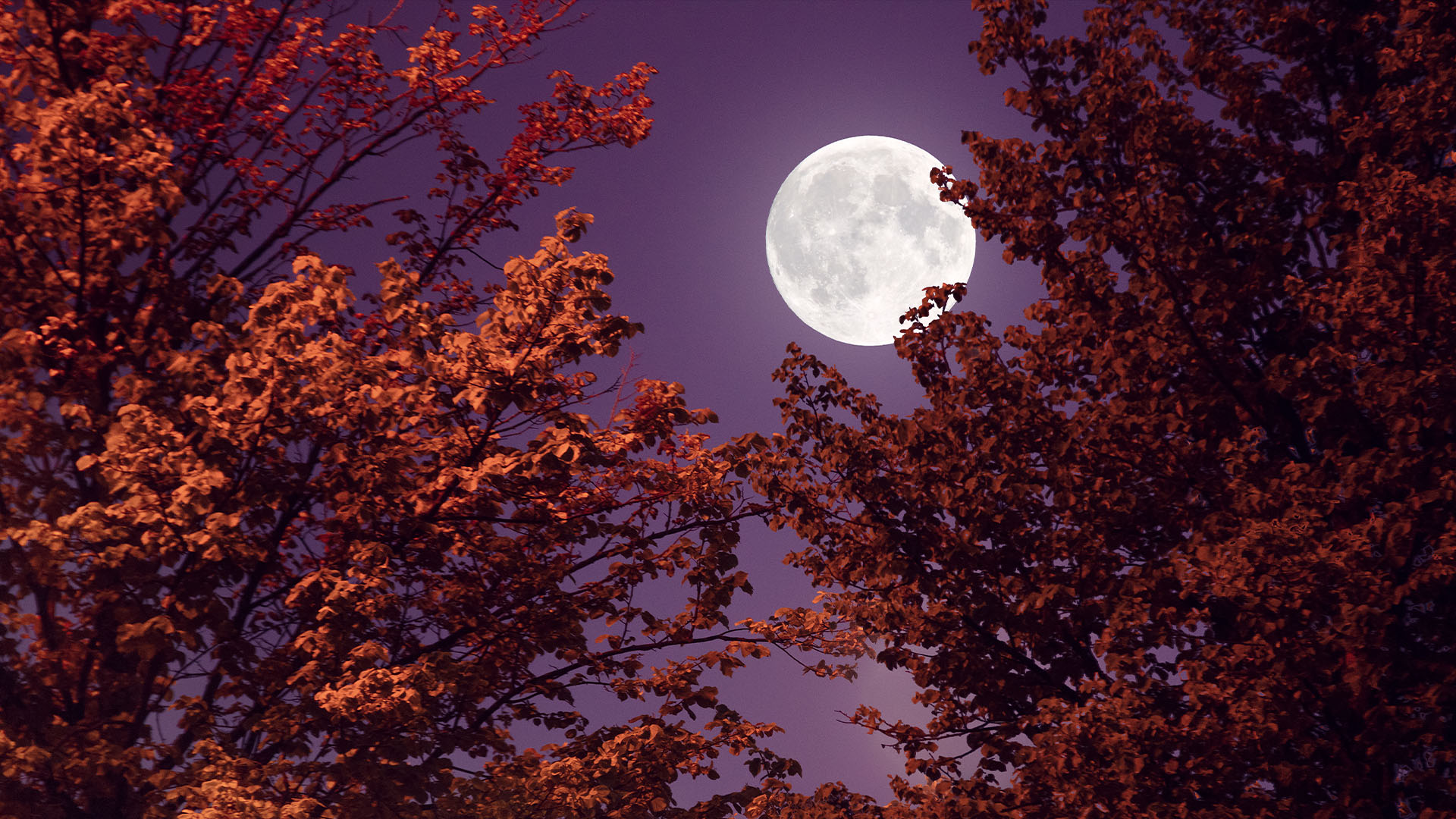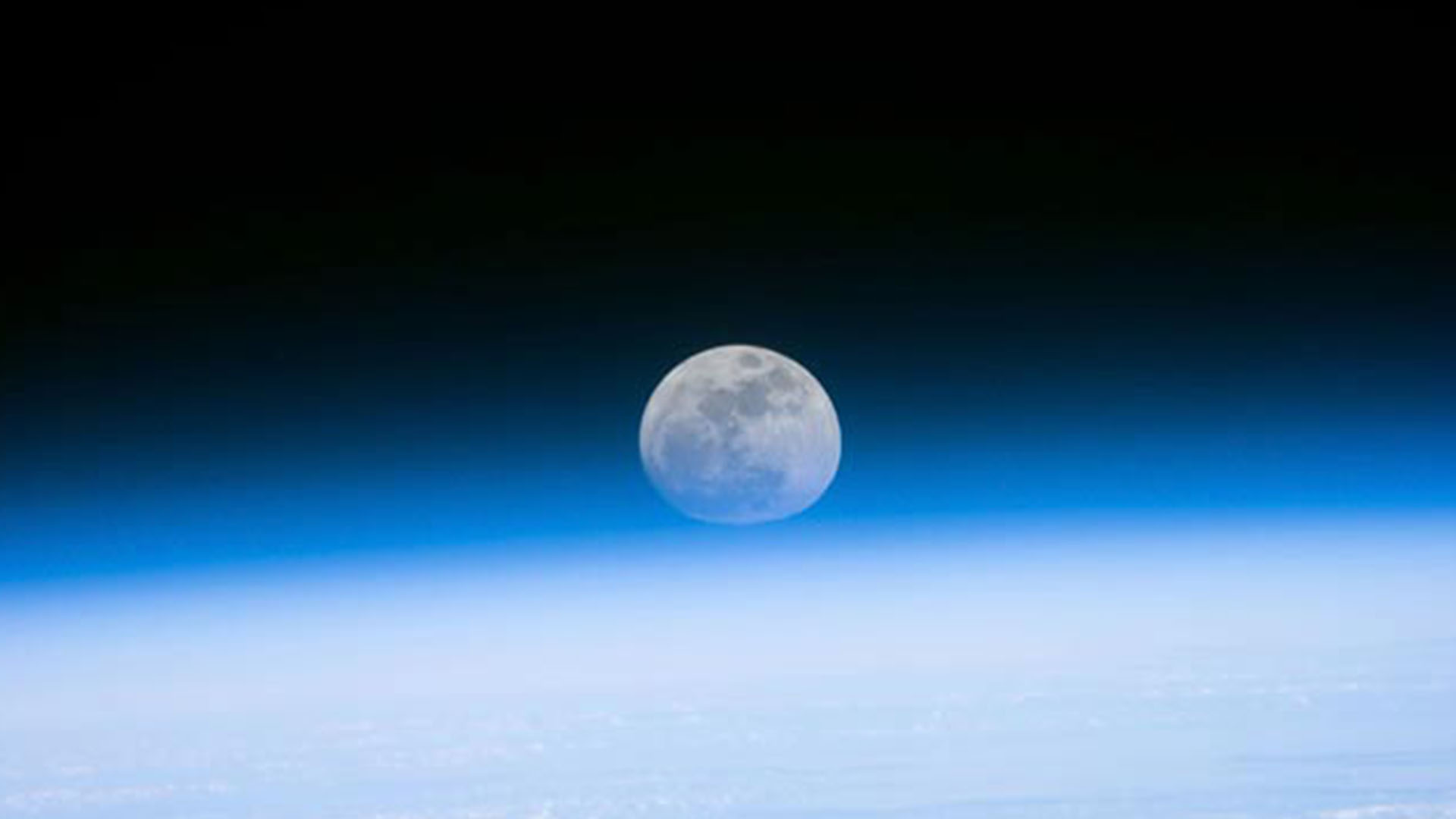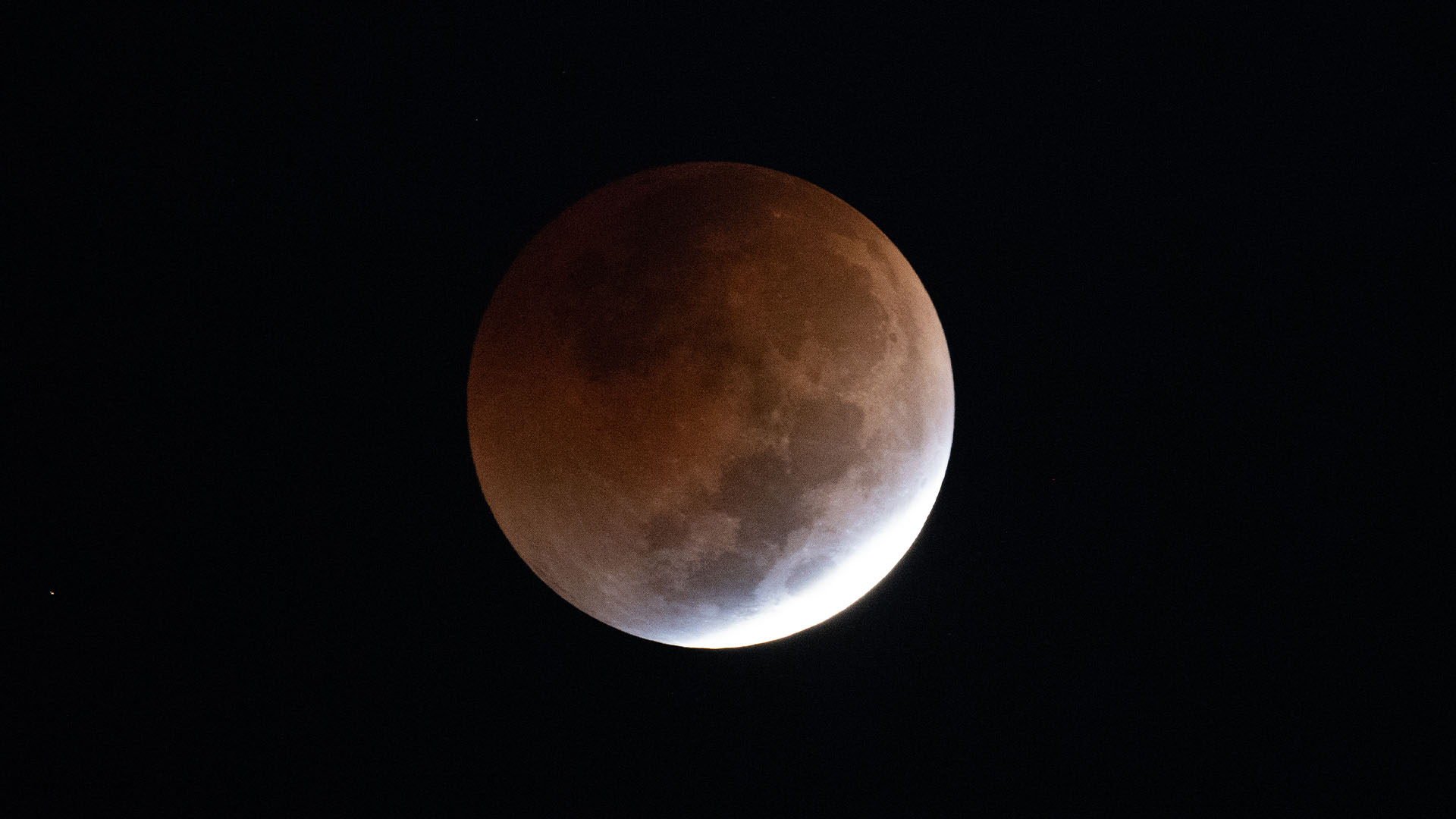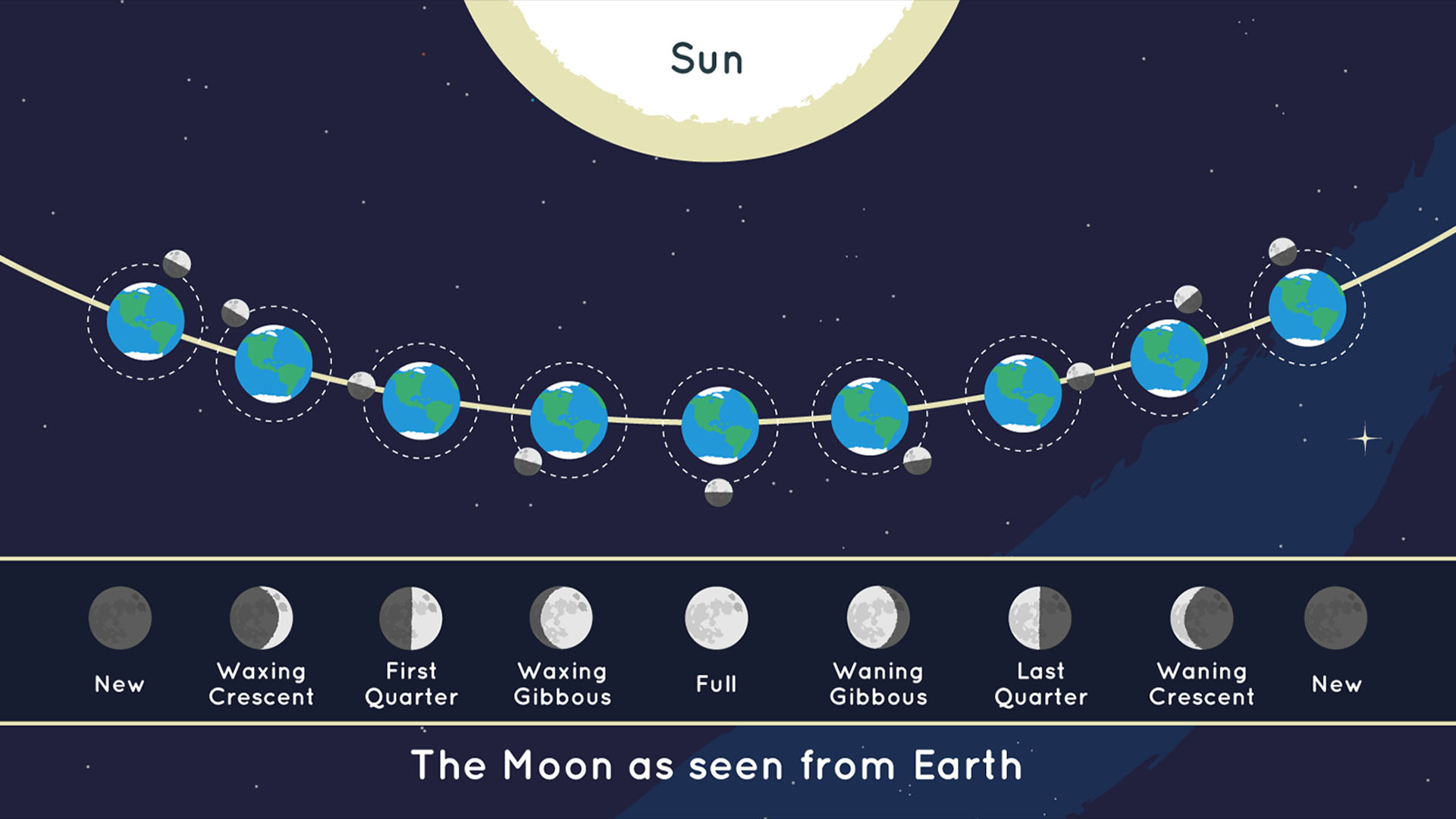Full moons of 2024: Names, dates and everything you need to know
Find out exactly when to see the full moons of 2024, including dates for supermoons and a two lunar eclipses.

In 2024, you'll have the chance to see 12 full moons, including two supermoons, a blue moon and two lunar eclipses. Although experienced moon gazers know that the night of the full moon is not the best for observing the lunar surface (even with a good pair of binoculars), the sight of the full moon rising as an orb at dusk is a celestial view that's hard to beat.
Each full moon has a unique name that reflects its agricultural past. But besides the usual collection of full moons in 2024, there will also be two supermoons (when the moon's monthly perigee, or closest point to Earth, coincides with its full phase) and one seasonal blue moon (the third full moon of four occurring between an equinox and a solstice).
However, there will be fewer full moons in 2024 than in 2023. Since the lunar year — 12 orbits of the moon around Earth, each taking 29.5 days — lasts only 354 days, there are often 13 full moons in one solar year. That's exactly what happened in 2023. But with the first full moon of 2024 not rising until late January, the coming year will have only 12.
Full moon guide: When's the next full moon?
Here are all of the full moon dates and times for 2024, according to Timeanddate.com, including the most commonly used names in North America:
- Thursday, Jan. 25: Wolf Moon (17:54 UTC/12:54 p.m. ET)
- Saturday, Feb. 24: Snow Moon (12:30 UTC/7:30 a.m. ET)
- Monday, March 25: Worm Moon (07:00 UTC/3:00 a.m. ET) — also a penumbral lunar eclipse
- Tuesday, April 23: Pink Moon (23:48 UTC/7:48 p.m. ET)
- Thursday, May 23: Flower Moon (13:53 UTC/9:53 a.m. ET)
- Friday, June 21: Strawberry Moon (01:07 UTC/9:07 p.m. ET)
- Sunday, July 21: Buck Moon (10:17 UTC/6:17 a.m. ET)
- Monday, Aug. 19 Sturgeon Moon (18:25 UTC/2:25 p.m. ET) — also a supermoon and a blue moon
- Wednesday, Sept. 18: Harvest Moon (02:34 UTC/10:34 p.m. ET) — also a supermoon and a partial lunar eclipse
- Thursday, Oct. 17: Hunter's Moon (11:26 UTC/7:26 a.m. ET) — also a supermoon
- Friday, Nov. 15: Beaver Moon (21:28 UTC/4:28 p.m. ET) — also a supermoon
- Sunday, Dec. 15: Cold Moon (09:01 UTC/4:01 a.m. ET)

Lunar eclipses 2024
The two lunar eclipses in 2024 will be slight affairs. The first, on March 24/25, will be a penumbral lunar eclipse during which the full Worm Moon will drift through Earth's outer penumbral shadow from 12:51-5:35 a.m. EDT, according to Almanac.com.
The second, on September 17/8, will be a partial lunar eclipse during which 8% of the Harvest Moon — also a supermoon — will enter Earth's inner umbral shadow and turn a slight rosy reddish color from 10:12-11:17 p.m. EDT on September 17.

What are the moon's phases?
Scientists typically break the moon's 29.5-day cycle into 8 phases, determined by the relative positions of the moon, the Earth and the sun.
Sign up for the Live Science daily newsletter now
Get the world’s most fascinating discoveries delivered straight to your inbox.
The "new moon" begins the cycle when the moon is exactly between the Earth and the sun. We cannot see the moon when it's new, as no sunlight is being reflected from the moon's Earth-facing side. A new moon is the only time when a total solar eclipse, such as the one visible to North America on April 8, 2024, is possible.
As more sunlight hits the moon's Earth-facing side, we say the moon is waxing. The next phase of the moon is called a waxing crescent, followed by the "first quarter" phase. During the first quarter, half of the moon's visible surface appears illuminated.

Next comes the waxing gibbous moon, which is partway between a first quarter and a full moon. Halfway through the lunar cycle, the full moon rises, with the moon appearing bright and large in the sky. During this phase, the moon and sun are on opposite sides of the Earth, and the moon's entire Earth-facing side is illuminated.
After the full moon, the waning cycle begins — first with the waning gibbous phase, then a "last quarter moon" and finally a waning crescent. After almost 30 days, the moon finally becomes "new" again, and the cycle repeats.

Jamie Carter is a freelance journalist and regular Live Science contributor based in Cardiff, U.K. He is the author of A Stargazing Program For Beginners and lectures on astronomy and the natural world. Jamie regularly writes for Space.com, TechRadar.com, Forbes Science, BBC Wildlife magazine and Scientific American, and many others. He edits WhenIsTheNextEclipse.com.










